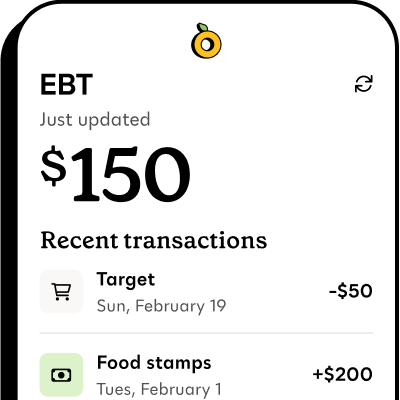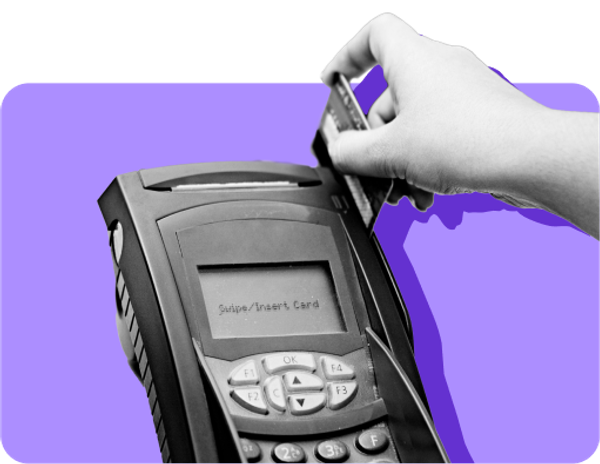Food stamp statistics: Who benefits the most from SNAP?

Table of contents
SNAP, also called food stamps, helps millions Americans supplement their grocery budget and feed their families when money is tight.
According to an analysis by the Food Research & Action Center (FRAC) analysis of a USDA report covering fiscal year 2019, here’s who benefits from SNAP the most.

Propel is the #1-rated EBT balance checking app
Which groups benefit the most from SNAP?#which-groups-benefit-the-most-from-snap
SNAP often goes to people with the greatest need. The FRAC analysis shows that 86 percent of all SNAP benefits go to households that include a minor child, older adult, or someone with a disability.
In addition, about 92 percent of all SNAP benefits (total dollar amount) go to households with incomes at or below the federal poverty line.
By age:#by-age
- About 39 percent of SNAP participants are children
- About 20 percent of SNAP participants are older adults
By disability status:#by-disability-status
- Nearly 10 percent of participants are non-elderly individuals with a disability
By income:#by-income
- 73 percent of SNAP households have gross monthly incomes at or below 100 percent of the federal poverty line
- 92 percent of SNAP benefits (total dollar amount) go to households with incomes at or below 100 percent of the federal poverty line
By race and ethnicity:#by-race-and-ethnicity
SNAP serves Americans across racial and ethnic lines:
- About 37 percent of SNAP participants identify as White
- Nearly 26 percent of SNAP participants identify as Black/African American
- Nearly 16 percent of SNAP participants identify as Hispanic
- Around 4 percent of SNAP participants identify as Asian
- A little over 1 percent of SNAP participants identify as Native American
- Approximately 17 percent of SNAP participants are listed as “race unknown”
Who is eligible for SNAP?#who-is-eligible-for-snap
You qualify for SNAP benefits based on three main factors: monthly income, household size, and immigration status. SNAP does not typically consider assets like savings, investments, or owning property such as a house or car when you apply.
- Income: SNAP eligibility is based on household income in the last 30 days and expected future monthly income. Gross income must be less than the income limit for the household size, which differs by state. The standard gross income limit is 130% of the federal poverty level, but states can increase the maximum income level (up to 200% of the federal poverty level). SNAP may also use net income, which is gross income minus certain deductions allowed by SNAP such as deductions for high housing costs, dependent care, or medical expenses for elderly/disabled household members.
- Household size: Household size for SNAP eligibility typically includes the people you buy and prepare food with. The more people in your household, the higher your income limit will be for food stamps.
- Immigration status: To apply for SNAP, you must be a U.S. citizen or a lawful permanent resident (green card holders of over 5 years who meet work requirements). Due to SNAP changes passed in July 2025, certain immigrant groups are no longer eligible for benefits, including refugees, people seeking asylum, survivors of domestic violence, and victims of trafficking who haven't become permanent residents were eligible for benefits.
Some SNAP participants must also meet work requirements to participate in SNAP. Able-bodied (non-disabled) adults (between ages 18 and 64) without dependents (under the age of 14) must spend the equivalent of 80 hours per month doing a qualified activity.
Some people do not have to meet work requirements such as individuals with disabilities, pregnant people, or people living in areas with especially high unemployment rates.







